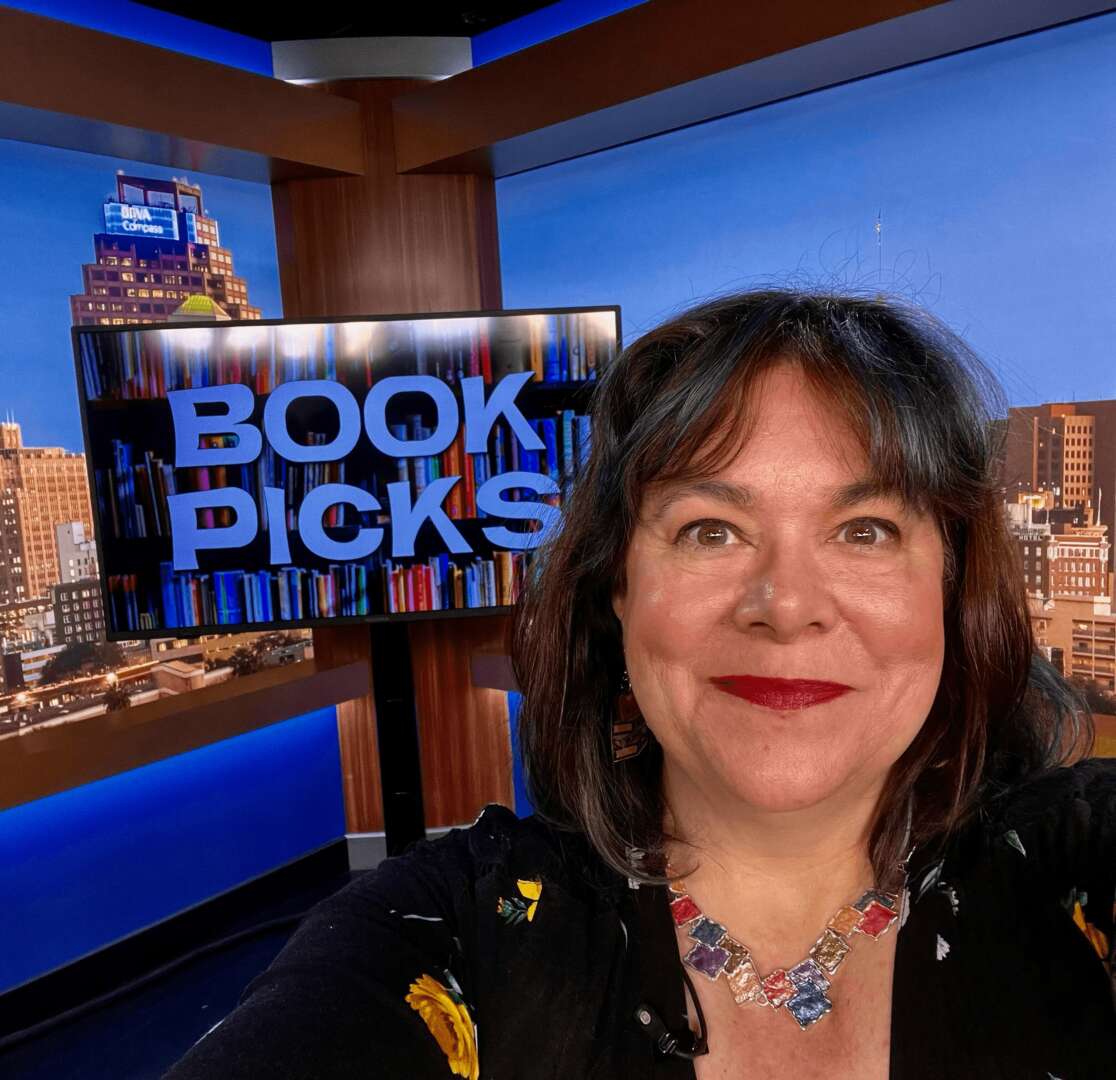Alright – so today we’ve got the honor of introducing you to Patricia W. Fischer. We think you’ll enjoy our conversation, we’ve shared it below.
Hi Patricia W., thanks for joining us today. Often the greatest growth and the biggest wins come right after a defeat. ther times the failure serves as a lesson that’s helpful later in your journey. We’d appreciate if you could open up about a time you’ve failed.
Martial artist legend Bruce Lee is credited with a great quote: Don’t fear failure — not failure, but low aim is the crime. In great attempts, it is glorious even to fail.
Glorious to even fail.
In theory, that all sounds reasonable, and logical even, but it’s an ego blow when reality chimes in.
One specific example for me was back in 2008, I sold my first romance book. Or I thought I had.
I pitched my story at a conference and the editor was like, “We love it! Send it to us!”
I’d only been writing fiction for about three years at that point. I did everything the professionals said to do: join a like-minded writer’s group, write every day, read books on craft, go to conferences, make contacts, and NEVER STOP LEARNING.
Being asked for my full manuscript seemed like the universe had rewarded me for my due diligence, especially when they came back within days, stating they wanted to publish it.
Contract attached.
Yay me! I did it! I’m going to be a best-selling (romance) fiction writer!
Then the reality chimed in.
The group was a young publishing company, but many of my friends had books with them. They came highly recommended, mainly because of their excitement about promoting romance authors.
The problem was that their ideas of promoting didn’t line up with what I had in mind.
The first big issue turned out to be the cover. They just posted it to their website under the “coming soon” section and I found it by accident.
If I tell you it was terrible, I’m being generous. I was horrid mainly because it didn’t fit the theme of my story. It implied a racy, dare I say raunchy romance when the story is mainly about her and they don’t even get together until the last chapter. Since then, I’ve written “racy” romances so I’m not averse to those themes, but this was dreadful.
The drab colors made it almost impossible to read my name across the bottom.
The (cover) model, although lovely, smiled at the camera while a guy stood behind her and cupped her boobs.
Like full-on, hands full of boobage, cupping.
Yeah, not my book at all.
To say I was ill would be an understatement.
Immediately, I explained my valid and factual concerns. I heard about authors not having much say when it came to covers, but I understood that if a cover was way off, there would be room for negotiation.
Needless to say, when my editor told me to take it or leave it, I realized I had very little power in this situation.
“The cover stays as is.”
Okay, my first venture into the publishing world and I hate my cover. I wouldn’t be the first or the last author to say that. Despite my reservations, I pushed on.
Next, I addressed my edits. They set a very quick deadline for finals, so I needed my editor’s notes back ASAP. Much to my dismay the email I got was, “No edits needed. We’ll publish as is.”
Now, for anyone who’s watched a house flipping show, “as is” indicates something needs work.
A lot of work.
Sometimes, there’s so much of disaster underneath the mess that it’s a whole lot of work.
As high quality as I believed my book to be, I wasn’t arrogant enough to believe it didn’t need touch-ups.
This sent up some serious red flags. Now, I struggled with the idea of pulling my book or moving forward.
I so wanted to be published because it’s easier to get more publishing contracts when you already have one, but the more I talked to this group, the worse I felt about my choices.
I even bounced it off other authors within the publishing house. My friend Judith’s advice was, “Well, you can pull your book or just go with it. The market is a crap shoot at best. You may never get another chance.”
One of the hardest things as a new author is deciding how to get the book out there.
Back in 2008, you were traditionally published. That was it.
Self-publishing was for people who “weren’t good enough” to get book contracts and no self-respecting author ever considered that path.
Still, things were changing. The digital book market arrived so editors realized they could get books to market faster, which meant digital-only publishers were popping up.
But authors and book purists weren’t sold on the new medium and began stating that any author who got a digital-only deal wasn’t a “real” author either.
I wanted to be traditionally published. I wanted this book to be on shelves, so I sucked it up and kept pushing.
One Sunday, a flurry of activity on my Yahoo Loops (remember those?) about royalty checks bouncing. People were frustrated as their money wasn’t arriving as promised or the checks weren’t good.
It’s a moment of great clarity and sadness. My book would not be published.
Not by this group and maybe not ever, but it was painfully clear what I had to do.
This was only emphasized when Judith emailed me and said, “Pull your book right now.”
Apparently, the publishing house was headed for bankruptcy. If my book was in their catalog, I’d have to wait until all the legal issues were resolved before I could shop it around again.
I pulled my book and as obvious as it all sounds now, I really wondered if I made the right choice.
Then I stewed over the fact I gave a group like this so much leeway with my story and I promised myself I would never be that desperate again to have my book on the shelves.
I would speak up, stand my ground when it was reasonable, and tell them what I wanted.
It took several more edits, more conferences, and more rounds of edits before I finally sold that book in 2012 to a very reputable and small publishing house.
Then I wrote four more for a new series and self-published those while also working on the sequel to my initial book.
By 2012, self-publishing shot up the “real author” social hierarchy and many authors were going the hybrid (both traditional and indie) routes.
One thing I can encourage for anyone is to know what you’re worth, but also know what you’re getting into.
Understand the business by talking to those in it. Find out what’s reputable and what’s a scam.
An example would be no publisher should ever ask you for money to publish your book.
Any creative market can be highly subjective. What a publisher wants on Monday won’t be what they want on Thursday, but that doesn’t mean you can’t make a good impression any day.
And keep learning, keep listening, and keep creating.
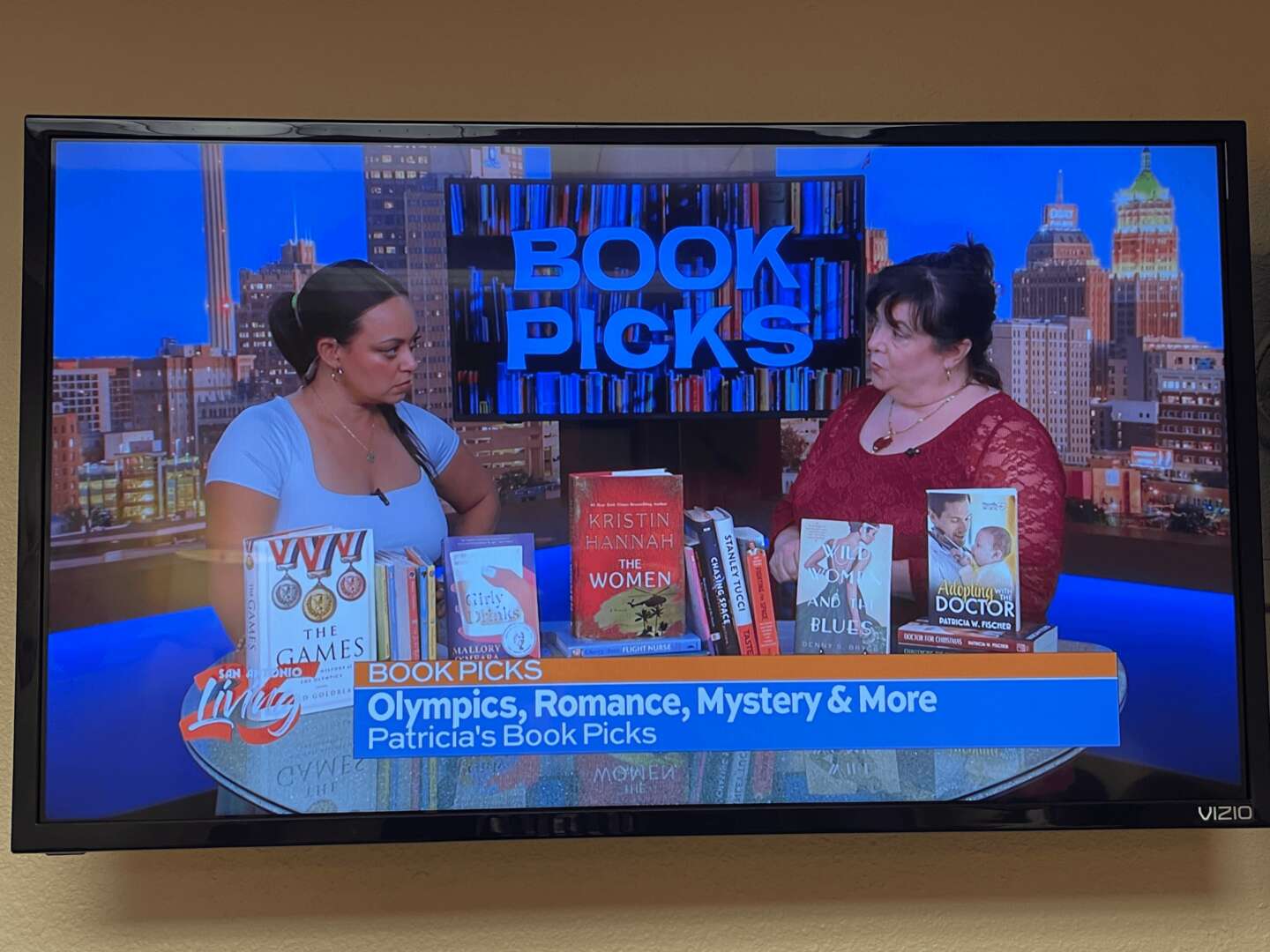
Awesome – so before we get into the rest of our questions, can you briefly introduce yourself to our readers.
I always loved storytelling. I came from a very long line of them, but the idea of becoming a professional author didn’t hit me until my thirties.
Before then, I went to college and had an excellent time.
There were plenty of classes I didn’t attend because the writing bug hit me hard. I’d go to the library and write for hours. Remember, this is when people wrote longhand so no computers or typewriters.
It didn’t dawn on me that I could do something with that creative energy as I attempted to figure out what I wanted to be when I grew up.
Eventually, I fell into nursing and worked in critical care and ER for close to a decade.
During that time, I also went back to school and took some journalism and creative writing classes. I never stopped writing when I worked as a nurse and realized I could combine my medical knowledge with my love for writing to get into medical journalism. Back when publications paid $1-2/word, I planned to write two or three articles a month as supplemental income and eventually transition out of trauma medicine.
It was also during that time, I met my husband. We got married and he had a fellowship in St. Louis, MO.
Our first year there, he suggested I go back and finish up my journalism degree, which I did.
During my schooling, I earned an internship with the local NBC affiliate, KSDK where I learned the ins and outs of broadcast journalism. I also learned it wasn’t a branch of journalism that easily juggled with a growing family. Plus, it seemed to be a very visual market regarding who producers and viewers wanted to see on screen.
I wasn’t petite or in my twenties. I convinced myself that being in front of the camera was no in my future.
By then, I was writing several articles a year, but because of the birth of the internet, the pay wasn’t as grandiose as I initially planned. Still, I kept writing and eventually, I went back to some of the stories I penned back in college.
None of those will ever see the light of day, but they encouraged me to also create some fiction ideas.
In between having babies, moving closer to my family, my hubs starting a new job, and life in general, I kept writing.
In 2012, my first book, Weighting for Mr. Right, was published.
By the end of the year, I had five books out (four indie) and already started working on a sequel to my first one.
Now, I’ve got four kids, two dogs, a couple of rabbits (weird story), fish, and life stuff. If my brain isn’t fried, I wrote.
In February 2013, a few of my romance writer friends and I were on a local morning show to talk about our books.
The host loved us so much, she invited us back again and again.
I attended every taping, even when I wasn’t in front of the camera as many of my friends were insecure about being filmed.
After a couple of years of our group being contributors, the producer invited me to become a regular book picks contributor. With my friends’ blessings, I started going on.
It astounded me that in my forties, I came full circle to being in front of the camera.
Not long after that, I became the host of Readers Entertainment Radio where conducted weekly interviews with guest authors. We discussed their books, their behind-the-scenes moments, and whatever else they chose to share.
Again, I’m surprising my 40-ish-year-old self with how much my journalist credentials were growing.
By my 50th birthday, I earned book contracts with a different publisher. I’d also stepped into the role of advocate for women’s health and wellness when my best friend was diagnosed with ovarian cancer.
This brought me to become an advocate with the Ovarian Cancer Research Alliance (OCRAhope.org) where we not only teach about ovarian and all GYN cancers and treatments but also legislate at a federal level for research dollars to find an early detection test and a cure.
Because my husband and I adopted two children from foster care, I wrote about our journey and I encourage others who want to expand their families through adoption to give foster/adoption a chance.
These topics that are dear to me have also made their way into the pages of my stories.
I am very proud to give more of a strong voice to lesser-discussed subjects.
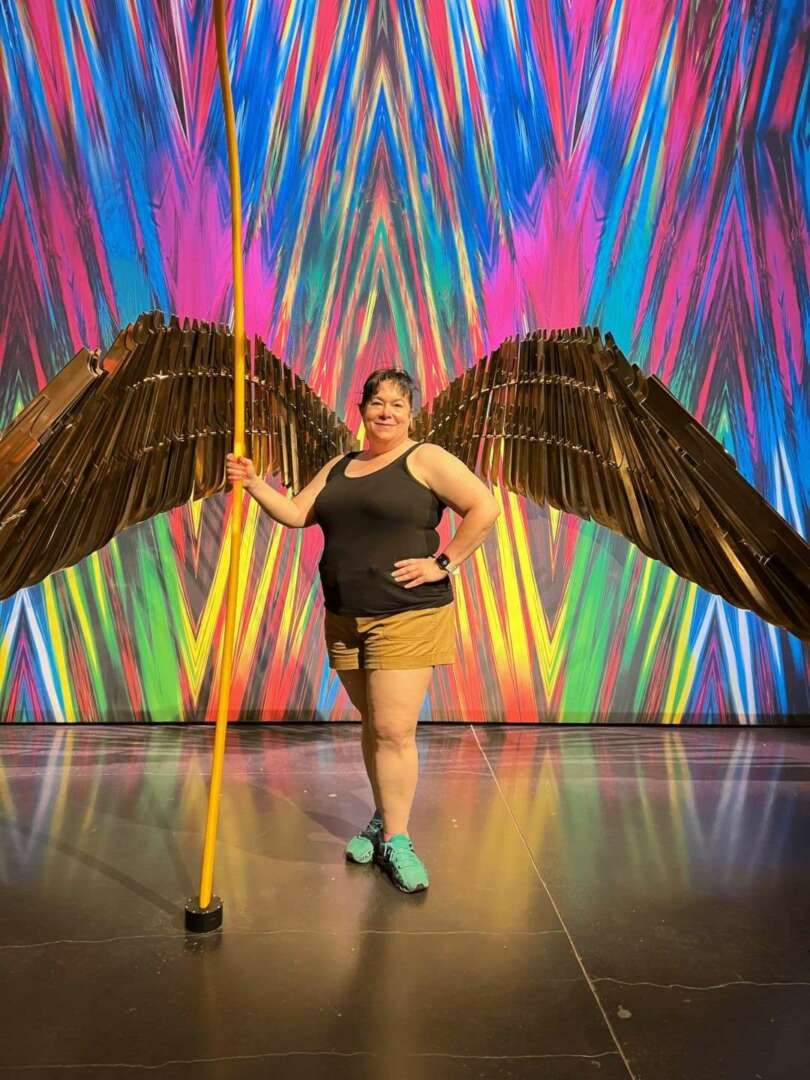
Do you think there is something that non-creatives might struggle to understand about your journey as a creative? Maybe you can shed some light?
What a great question.
Yes, creatives and non-creatives can certainly butt heads over how to move forward or how to handle any project, be it professional or personal.
The big thing to understand with those who derive their daily energies from creating something that may or may not exist, their process is their own.
Don’t tell them how to manage it better or have a different routine, etc.
Just like non-creatives, we all have things in our lives that make sense to us.
We like the brands we like.
Throw on that comfortable jacket because it soothes us.
We appreciate a certain kind of music or movie or even silence to help us manage the chaos of life.
Everyone has their routine. Understand that what you may see as chaos, might make total sense to someone who’s brainstorming solutions to your problems. It’s okay if they go a different route to get there. In fact, it may be enough outside your comfort zone to spark some new ideas of your own.
I want to be clear, there will be plenty of moments where a creative and non-creative will not align. Boundaries will have to be set because sometimes, creatives will go waaaaaaay over there and you might have to reel them back in, but boundaries will give them an idea of where you want to end up.
And there will be times when the two sides won’t understand each other at all, but if you want to get inside someone’s thought process, ask them about it.
Ask them how they get from point A to point B.
Encourage brainstorming.
Promote dialogue.
Inspire creativity from both parties and always have coffee ready.
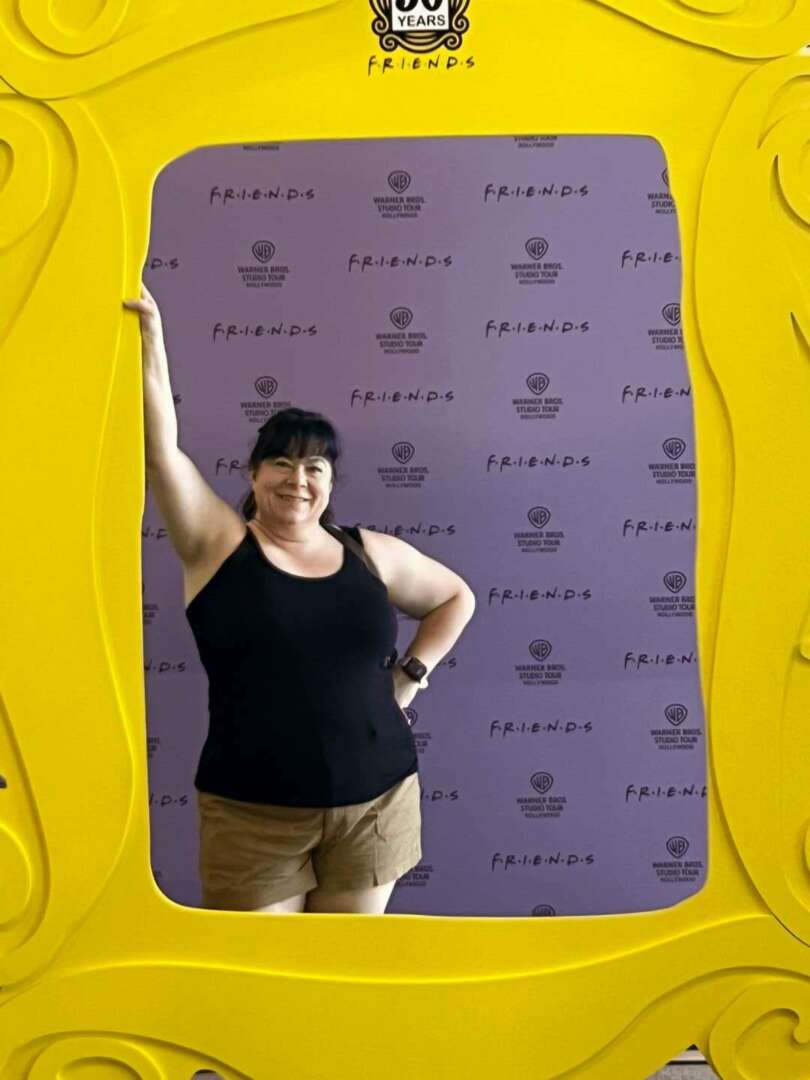
Are there any resources you wish you knew about earlier in your creative journey?
Yes, I wish I’d gotten into writing sooner. It simply didn’t occur to me that I could create stories as a side gig while I continued my education.
I would have taken more writing classes, asked more questions, and probably combined my medical knowledge and my writing abilities far sooner than I did.
Contact Info:
- Website: https://www.patriciawfischer.com
- Instagram: https://www.instagram.com/PatriciaWFischerauthor
- Facebook: https://www.facebook.com/PatriciaWFwriter
- Linkedin: https://www.linkedin.com/in/patriciawfischer
- Twitter: https://www.twitter.com/pawf1067
- Youtube: https://www.youtube.com/@PatriciaWFischerauthor
- Other: www.tiktok.com/PatriciaWFischerauthor
www.spoutible.com/PatriciaWFwrites
www.authory.com/PatriciaWFischer
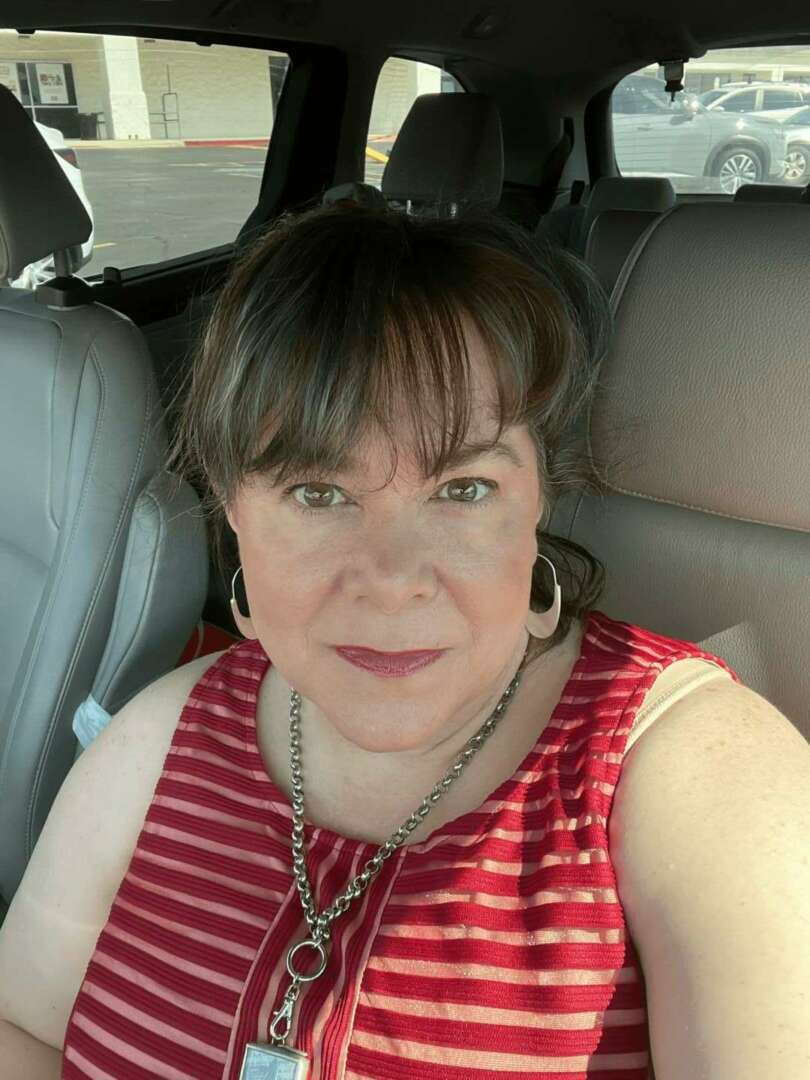
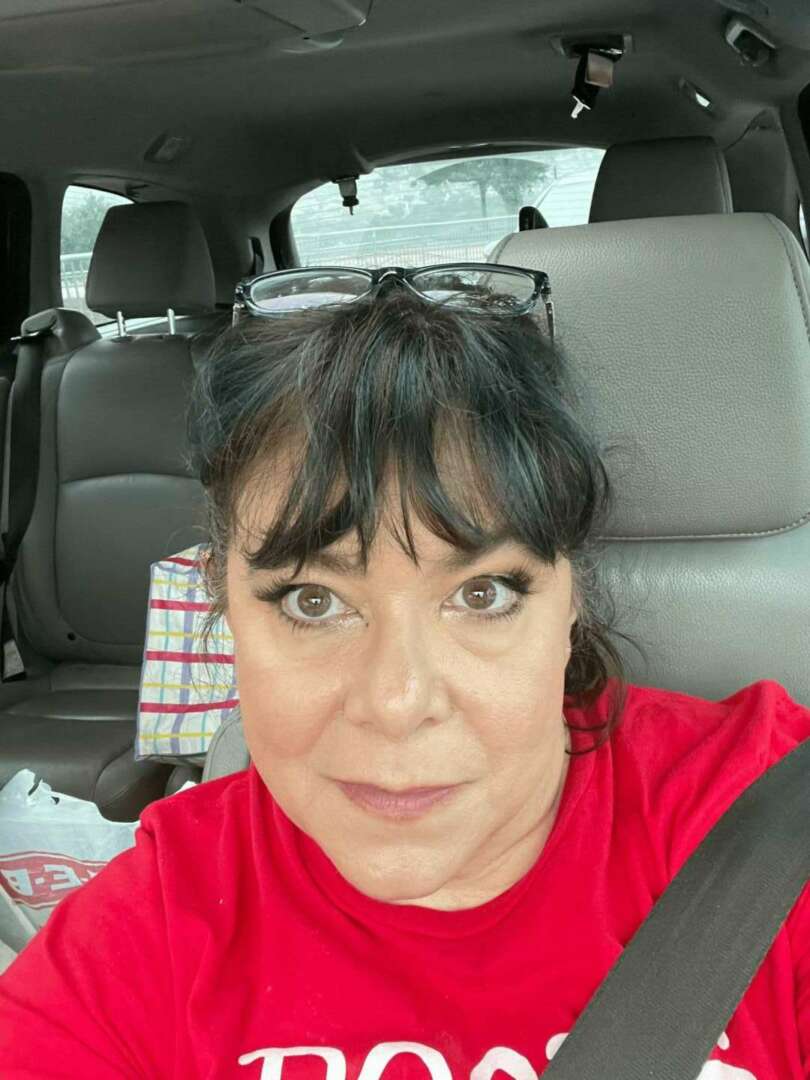
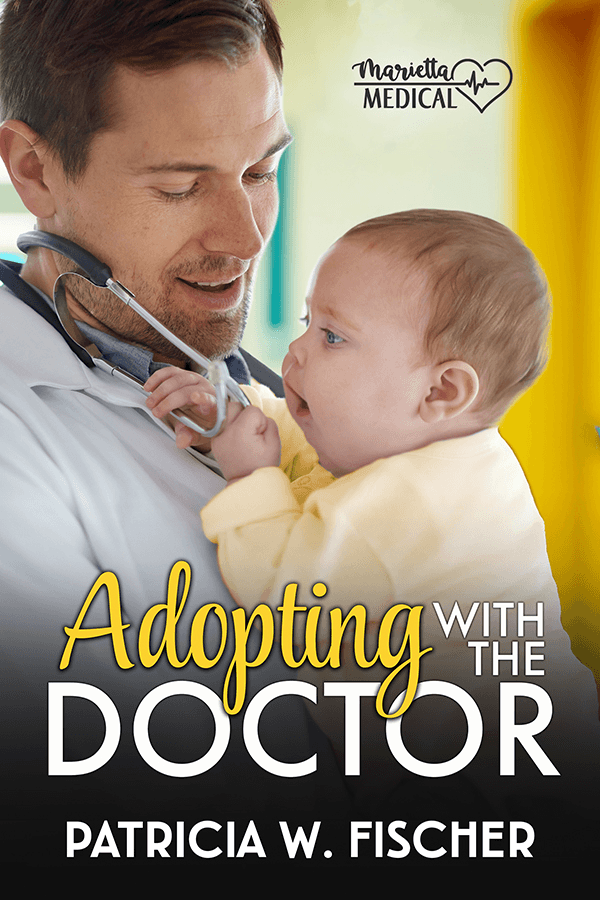
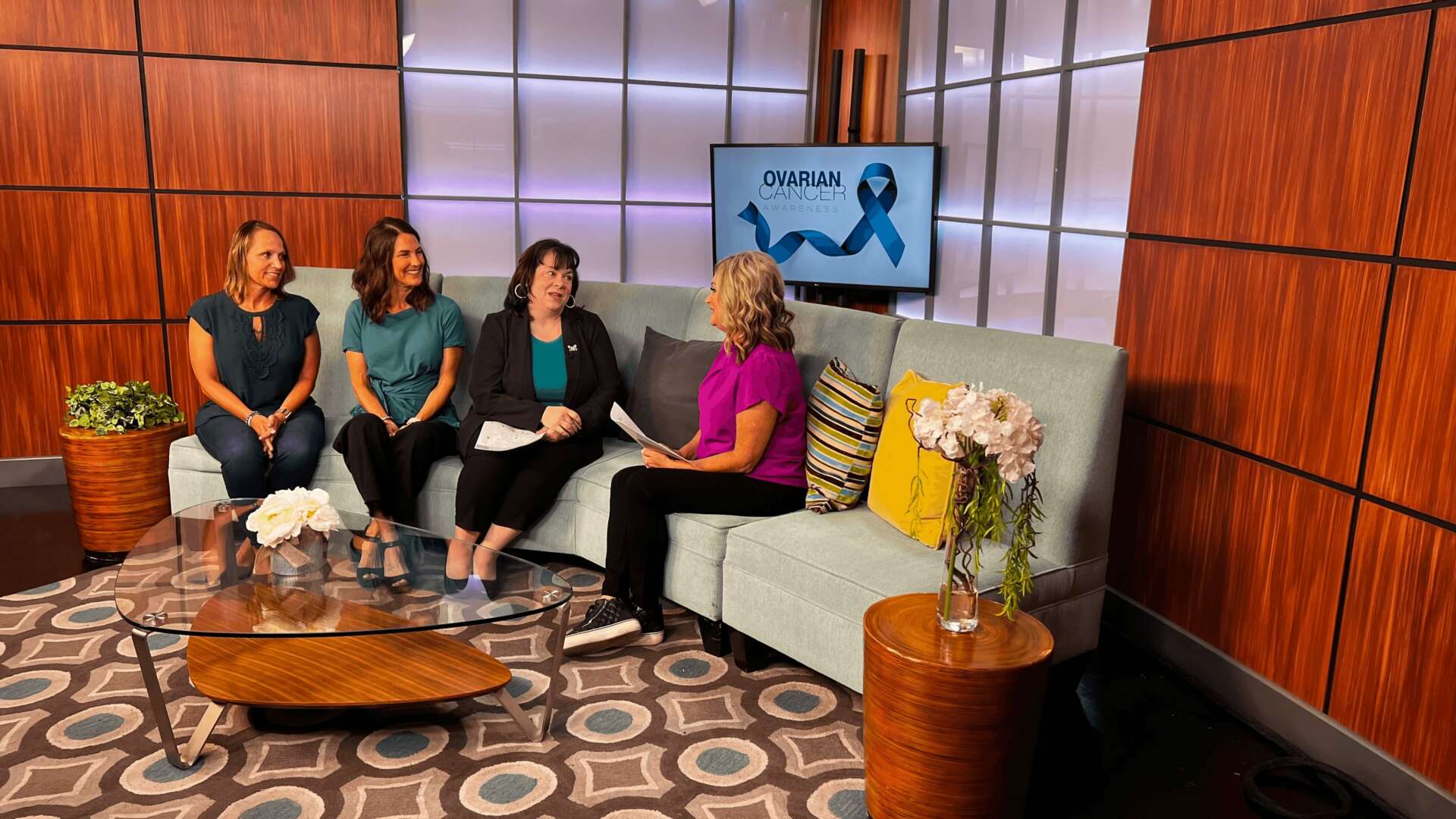
Image Credits
All photos taken with Patricia W Fischer phone.
Book cover by Tule Publishing


